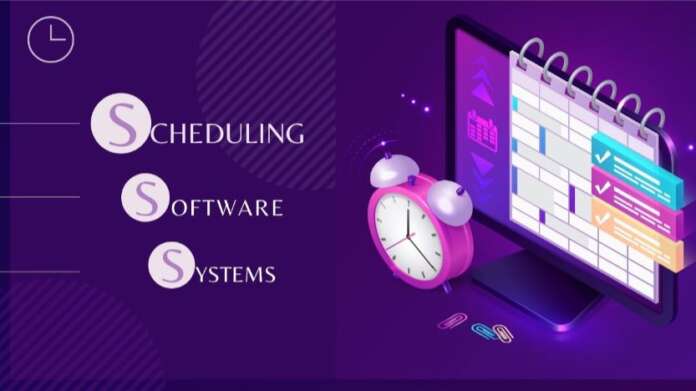Wondering if enterprise job scheduling software systems could be right for your business or organization? Here’s a little more clarity on how they work.
Job scheduling, also known as batch processing, is the introduction of software systems capable of scheduling tasks to run. These tasks usually run automatically whenever certain points are reached or circumstances are triggered. For example, job scheduling might be triggered by the last day of the month in a payroll scenario, where employees are paid based on pre-existing parameters.
As you can imagine, job scheduling, or batch processing, is incredibly useful to the working world. We can harness this to automate some of the more monotonous tasks we handle on the day to day. If we can automate enough of our business tasks, we can free up our own time to do bigger and better things. Check out https://www.jamsscheduler.com/job-scheduling/ to learn more about workload automation. In the meantime, stick around and learn about how enterprise job scheduling software systems work.
Things that “Trigger” Job Scheduling
To set up job scheduling you first need a batch processing software system. Once you have that in place, it’s easy to use. To create set points which trigger the software to run systems, you should look at the following points.
You can schedule things to happen:
- On a specific day of the week
- More than once a day or every hour/few hour
- Schedule jobs to run based on events happening
- Lastly, you can schedule tasks to automate to retry should the first attempt fail. Think of this like when you try to connect to your Gmail account, but Google detects you are offline. You get that little clock at the top saying the system will retry. It’s the same thing.
Once you have your triggers in place, you can assign software systems or processes that happen at each trigger point.
Understanding Using a Job Scheduler
Inside the interface, you can insert software processes to run at each interval. It usually works via drag and drop, so you only need to match each trigger with each process on your screen for it to assign that task to that trigger. Once done, it should run as requested.
Next comes the scheduling. This involves ordering your tasks in terms of priority. What job is most important? How long will it take to run? Does it depend on a certain set of circumstances being in place or an event running? All these questions will help determine your schedule. Beware of retries and event triggered jobs being completed in the right order. If you set up an event triggered job to occur before the event happens, you will lose production.
What Types of Enterprise Solutions do you get from a Job Scheduler?
It’s fairly simple to see how a software system like this can help. Business process automation is the way of the future, so it’s unfair to say that batch processing has had its day. Batch processing has just begun. From file transfers to processing and triggering business events, watch this space for the future of automation in business.




